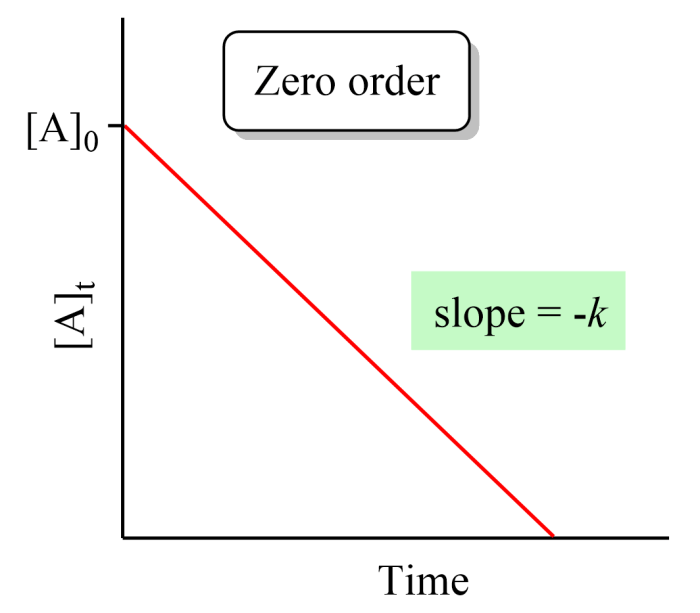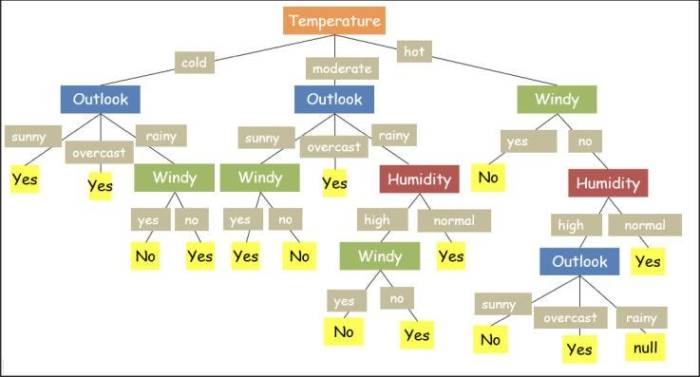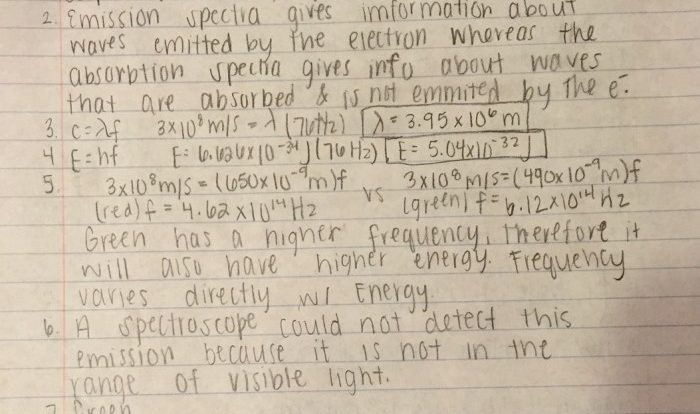Which of the following parameters affect the zero temperature? Embark on an enlightening journey as we delve into the intricacies of this intriguing phenomenon. Zero temperature, a state of absolute stillness, holds profound significance across scientific disciplines. Understanding the factors that influence it is crucial for unlocking its potential applications and advancing our knowledge of the universe.
In this comprehensive exploration, we will uncover the primary factors that govern zero temperature, examine their impact on materials and systems, and highlight the experimental methods employed to achieve and measure this elusive state. Furthermore, we will delve into the practical applications of zero temperature, exploring its advantages, disadvantages, and future prospects.
Zero Temperature Parameters

Zero temperature, also known as absolute zero, is the hypothetical point at which the thermal motion of atoms and molecules ceases. It is the coldest temperature that can theoretically be achieved and is equivalent to -273.15 degrees Celsius or -459.67 degrees Fahrenheit.
In practice, zero temperature is unattainable due to quantum mechanical effects. However, scientists have achieved temperatures extremely close to absolute zero, enabling the study of matter’s behavior at ultralow temperatures.
Zero temperature holds significant importance in various scientific fields, including thermodynamics, condensed matter physics, and cosmology. It provides insights into the fundamental properties of matter and allows for the investigation of phenomena that occur only at extremely low temperatures.
Factors Affecting Zero Temperature, Which of the following parameters affect the zero temperature
| Factor | Effect |
|---|---|
| Isotopic composition | Different isotopes of the same element have slightly different zero temperatures. |
| Pressure | Pressure can shift the zero temperature of a material. |
| Magnetic field | Magnetic fields can alter the zero temperature of certain materials. |
| Impurities | Impurities can affect the zero temperature of a material. |
Impact of Zero Temperature

- Materials become superconductors at zero temperature, losing all electrical resistance.
- Superfluidity, a state of matter with zero viscosity, occurs in some liquids at zero temperature.
- Bose-Einstein condensation, a state of matter where bosons behave as a single entity, occurs at ultralow temperatures close to zero.
These phenomena have significant implications for scientific research and technological advancements, offering insights into fundamental physics and enabling the development of novel materials and devices.
Experimental Methods for Zero Temperature

Achieving and measuring zero temperature is challenging due to the quantum mechanical effects that prevent complete thermal motion cessation. However, several experimental techniques have been developed to approach absolute zero.
- Adiabatic Demagnetization:This method involves cooling a paramagnetic material in a magnetic field and then adiabatically demagnetizing it, reducing its temperature.
- Laser Cooling:This technique uses lasers to slow down atoms and molecules, reducing their thermal energy and bringing them closer to zero temperature.
- Evaporative Cooling:This method involves cooling a gas by allowing the most energetic atoms to escape, leaving behind a colder gas.
Applications of Zero Temperature: Which Of The Following Parameters Affect The Zero Temperature

Zero temperature has practical applications in various industries, including:
- Superconductivity:Zero temperature enables the development of superconducting materials used in power transmission, medical imaging, and particle accelerators.
- Quantum Computing:Ultracold temperatures are essential for quantum computing, which promises significant advancements in computing power.
- Precision Metrology:Zero temperature provides a reference point for precise measurements of physical quantities such as length, time, and mass.
Expanding zero temperature applications faces challenges, including the need for specialized equipment and expertise. However, ongoing research and advancements hold promise for overcoming these challenges and unlocking the full potential of zero temperature technologies.
Essential Questionnaire
What is the significance of zero temperature?
Zero temperature represents the theoretical lower limit of temperature, where all atomic and molecular motion ceases. It is a state of absolute stillness and perfect order, providing a unique platform for studying quantum phenomena and fundamental properties of matter.
How can zero temperature be achieved experimentally?
Achieving zero temperature requires sophisticated cooling techniques, such as laser cooling, evaporative cooling, and magnetic cooling. These methods gradually remove energy from atoms and molecules, bringing them closer to a state of complete rest.
What are the potential applications of zero temperature?
Zero temperature holds promise for a wide range of applications, including quantum computing, precision measurements, and the development of novel materials with enhanced properties. It also enables the study of exotic quantum states and fundamental interactions in a controlled environment.
